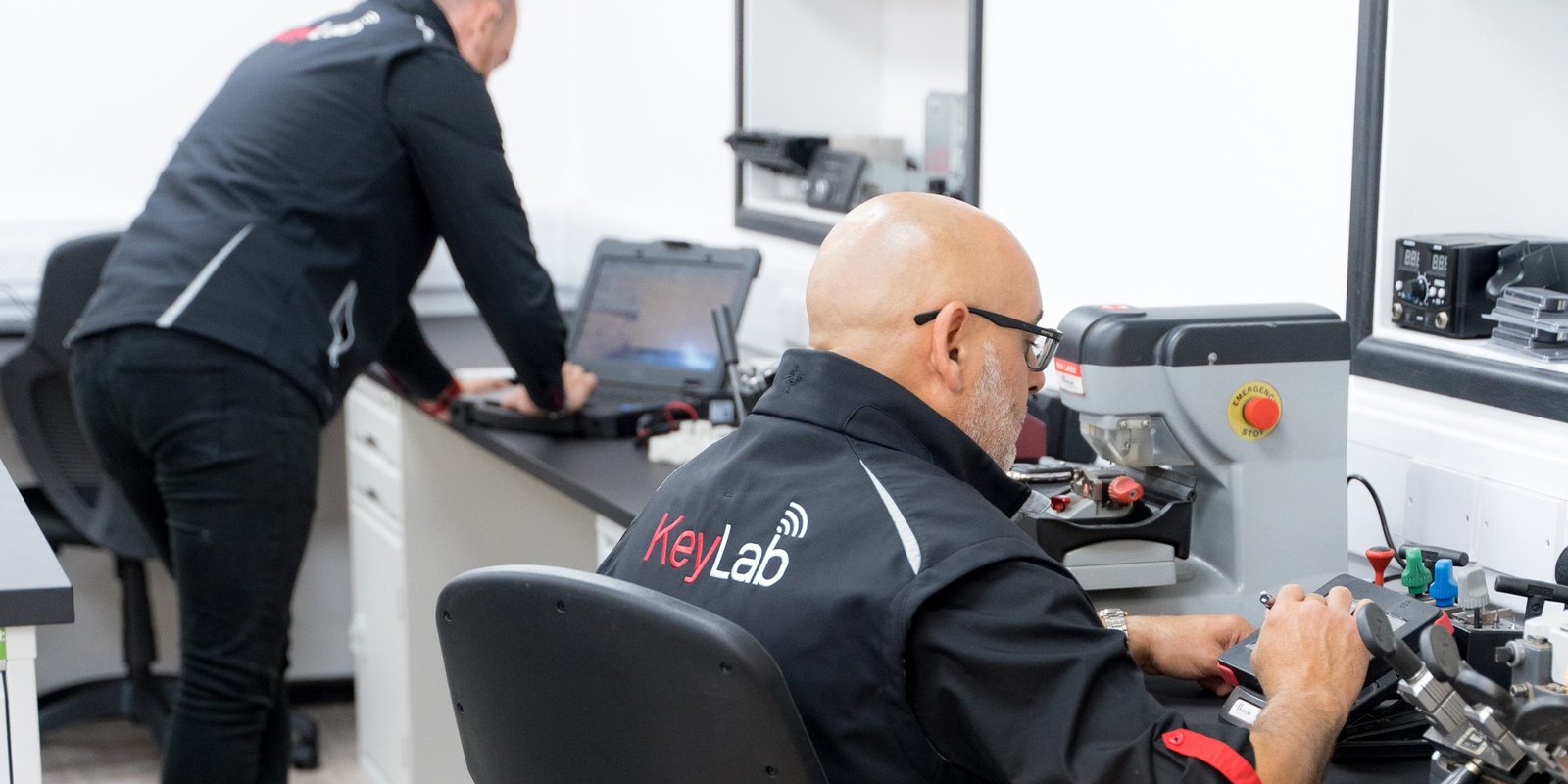Are You Tired Of Key Replacements? 10 Inspirational Sources That Will Bring Back Your Love
Key Replacements: An In-Depth Guide to Understanding and Implementing Effective Substitutions
Introduction
In the world of various markets— from automobile to innovation— the term “key replacements” signifies the practice of replacing a failing or insufficient component with a brand-new or improved version. Comprehending Replacement Car Key Fob is essential for preserving functional effectiveness, enhancing efficiency, and ensuring safety. This post looks into the various aspects of key replacements, exploring their significance, execution strategies, and typical questions surrounding the subject.
What Are Key Replacements?
Key replacements describe the procedure of replacing an important part within a system, gadget, or machinery that is critical to its functionality. These replacements can happen in multiple sectors, including vehicle, innovation, and even human resources. By proactively identifying and replacing crucial parts, companies and people can avoid system failures, maintain effectiveness, and boost security.
Significance of Key Replacements
The value of key replacements can not be overemphasized; they serve numerous functions that contribute to the general efficiency of systems. A few of their critical functions include:
- Preventing System Failures: Key replacements help avoid catastrophic failures by resolving worn-out or malfunctioning parts before they create substantial concerns.
- Enhancing Performance: Upgrading to newer components can enhance system performance, resulting in enhanced output and efficiency.
- Cost-Efficiency: Effective replacements can minimize repair expenses, extend the life expectancy of the whole system, and ultimately conserve money.
- Security Assurance: In sectors like automobile and machinery, key replacements guarantee that safety requirements are kept, reducing risks to personnel and users.
- Compliance: In managed markets, prompt replacements might be a legal requirement to meet security standards.
Key Replacement Strategies
Executing key replacements efficiently requires a tactical technique that aligns with the functional objectives of an organization. Below are a number of techniques to consider:
1. Routine Maintenance and Inspections
Carrying out regular maintenance and examinations can assist determine components that might require replacement before they stop working. A well-defined maintenance schedule should include:
- Visual Inspections: Check for visible indications of wear or damage.
- Performance Monitoring: Track the functioning of key parts.
- Use Analysis: Keep records of how frequently a part is used, which can forecast wear patterns.
2. Data-Driven Decision Making
Using data analytics can assist companies make notified decisions regarding when to replace key components. Executing systems for data collection can result in:
- Predictive Maintenance: Identifying possible failures before they occur utilizing historic information.
- Expense Analysis: Evaluating the expense implications of fixing versus replacing elements.
3. Partnership with Suppliers
Developing strong relationships with providers and manufacturers makes sure access to quality parts and timely replacements. Sufficient cooperation can result in:
- Favorable Terms: Negotiating much better rates and terms.
- Quality control: Gaining confidence in the quality and reliability of replacement parts.
4. Training and Education
Informing and training workers associated with the replacement process can substantially enhance efficiency. Supplying information on finest practices and brand-new innovations can assist ensure:
- Maximized Efficiency: Employees understand the ideal techniques for changing components.
- Decreased Errors: Minimized danger of errors during the replacement procedure.
Types of Key Replacements Across Industries
Key replacements vary across industries, each with its specific components and practices. Below are some common key ins different sectors:
Automotive Industry
Part
Replacement Reason
Engine Oil
Prevent wear and improve performance
Brake Pads
Guarantee security and responsiveness
Tires
Improve traction and fuel performance
Technology Sector
Part
Replacement Reason
Tough Drives
Boost data gain access to speed
Batteries
Restore device portability and functionality
Circuit Boards
Enhance gadget reliability and durability
Production
Component
Replacement Reason
Conveyor Belts
Keep functional effectiveness and security
Safety Guards
Support health and wellness compliance
Bearings
Lower friction and assist in smooth operation
FAQs About Key Replacements
1. What is the most important factor for replacing key components?
The most crucial factor for replacing key parts is to ensure system reliability and safety, preventing failures that could result in costly downtimes or dangerous circumstances.
2. How often should I consider key replacements?
Key replacements must be considered based on the specific component's wear pattern, performance metrics, and maintenance schedule. Routine evaluations need to determine the suitable periods for replacements.
3. What should I do if I am not sure about a component's condition?
If not sure about an element's condition, it is advisable to conduct an extensive examination, review efficiency data, and seek advice from experts or manufacturers for specialist assistance.
4. Is it better to fix or replace a key part?
The decision to fix or replace a key part depends on cost-effectiveness, dependability, and long-term advantages. Frequently, replacement might be more practical when considering life expectancy and efficiency metrics.
5. Where can I find reputable replacement parts?
Reliable replacement parts can typically be discovered through licensed dealers, respectable providers, or directly from makers. Constantly confirm their reliability and inspect reviews before purchasing.
Key replacements are an integral element in keeping operational efficiency and safety across different industries. By understanding the significance of these replacements, executing tactical methods, and attending to typical queries, organizations can ensure that their systems stay robust and reliable. Future improvements in innovation and information analytics will further boost the depth and precision of key replacements, continuing to drive enhancements in effectiveness and security. Engaging proactively with this principle can significantly lower threats and raise overall performance in any functional context.
